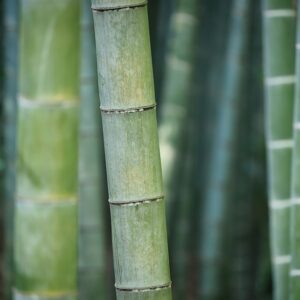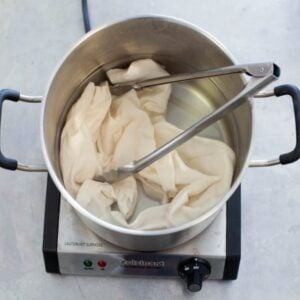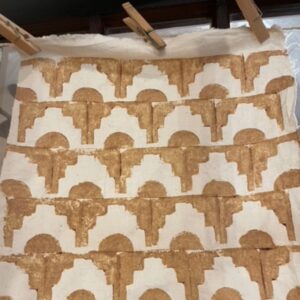MORDANT MONDAY: Tannin Mordanting Cotton & Stiff Wool
We get mordant questions all the time at Botanical Colors so why not create Mordant Monday??? Got mordanting questions? Email [email protected] YOU ASKED: I’m getting ready to dye vintage cotton runners. I have aluminum acetate, which tannin powder would you recommend? Weight of fiber protocol?I have a bag of wool roving and also trying to figure out the best way to handle. Last time I ran it through a dye bath it dried dull and stiffish. What do I need to do next? KATHY ANSWERED: The choice of which tannin is really up to your preference. We like to use … Read more










